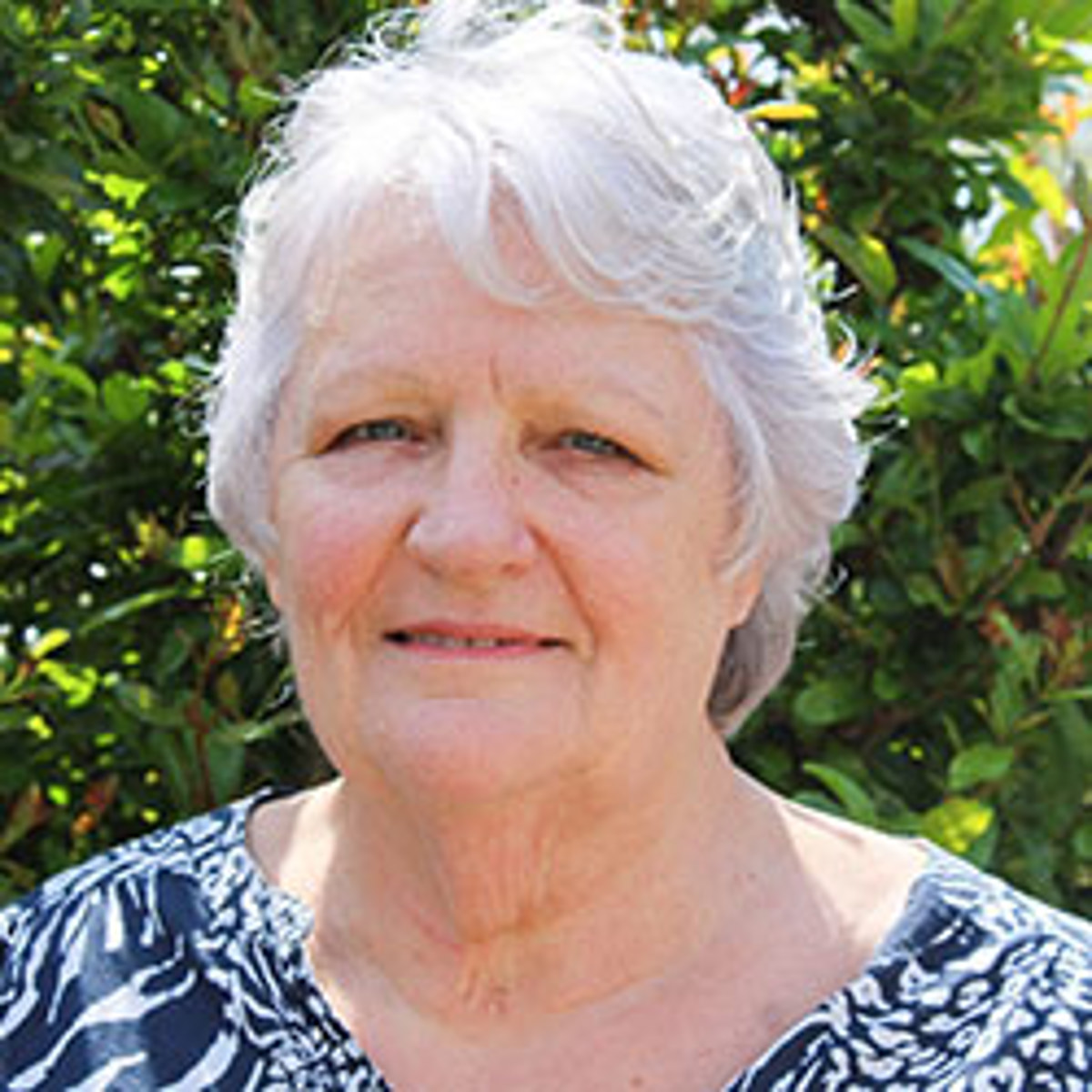

Ruth Brown
Blended learning expert at SEDA (Staff and Educational Development Association). SEDA are one of four technical partners that have supported the delivery of the ACU led Partnership for Enhanced and Blended Learning (PEBL) programme in East and West Africa.
Ruth Brown, blended learning expert at SEDA (Staff and Educational Development Association), expands on April's PEBL (Partnership for Enhanced and Blended Learning Partnership) West Africa update, sharing more about cascade learning and the Carpe Diem model, and why they are such a good fit for the PEBL programme.
One of the weaknesses of the cascade training model was documented by researcher Lillian Mpabulungi in 1999, who noted from her observations of medical training, that there can be a distortion of the message, or messages, as these flow down the levels. It is a bit like the broken telephone game - what is transmitted from the first speaker sometimes comes out as gobbledygook at the end of the chain. In the same way, what is taught at the top of a cascade model can often be very different to what is received in the lowest tier of the training pyramid.
In a typical cascade structure, there would be about three levels. For instance, in a Nepalese example of cascading the skills associated with multigrade teaching (Suzuki, 2008), a Master Trainer (top level expert) trained 18 school supervisors and resource staff from six zones in the country. Four months later, these 18 people taught other groups of supervisors and resource staff from their own districts. The newly-trained people, in turn, picked up the training mantle and four months later passed on the knowledge and skills that they had learned to teachers from their own schools and resource centres. The findings of the Nepalese study showed that only three of an initial 18 components of the training programme survived the cascade. A salutary sign that checks and balances are needed when implementing a cascade model.
Developing Blended Learning (DBL) is the training course that was used during three iterations of the first PEBL programme in East Africa and has now been used in West Africa. The two consultants who designed and developed the training programme, also delivered the first iteration. They then maintained oversight of the cascade as it rolled out, stepping back from the hands-on running of the course but mentoring the new course leaders in the subsequent East African deliveries. This ongoing mentoring, down the planned cascade, diminished the distortion of the messages.
The PEBL cascade process is more open-ended than the more conventional approach. Multiple iterations of the cascade were planned from the outset, and in practice there were what might be called ‘salmon ladders’ - lanes that go against the flow, where people downstream can spawn new knowledge upstream. This means skills and knowledge are more fluid than in the traditional model; especially skills.
Introducing agility to the model in no way mitigates the possibility of distortion that plagues the conventional approach. In fact, there is a possibility that it has the potential to aggravate the phenomenon, as there are more players at each level, and multiple pathways for knowledge and skills transfer.
In the PEBL cascade model, the aim is to develop materials, delivered online or via a blended format, that coach students to master the learning outcomes of any given module. The route to that aim, in the first instance, is to prepare participants to grasp the why of blended learning (including creating blended learning modules) and, in the second, to support colleagues to repurpose their own existing modules for online/blended delivery.
While PEBL participants are expected to master a complex mix of theoretical and practical tasks along the journey, they need to have a tool that their colleagues can use to scaffold the repurposing process with minimal consideration of the underpinning pedagogy: a tool that focuses on the how, rather than the why; a tool that minimises the possibility of distortion. A further (key) element of DBL is learning how to use the Carpe Diem approach in subsequent training sessions with their own colleagues.
Carpe Diem is a quick-prototyping method of recreating existing materials for blended delivery and was made for such a situation as this. Grounded in Professor Gilly Salmon’s Five Stage Model of E-Learning (2022), and six sequential steps, the Carpe Diem process (Salmon, n.d.) is designed to enable teaching teams to remodel materials during a two-day workshop. With an action plan as a strategic takeaway from the workshop, a committed team can realistically have a repurposed module ready to go in as little as a month or two.
Including Carpe Diem in the PEBL cascade eliminated the possibility of distortion of a central message. Its focus on the how, quickly leads course teams to the heart of the matter, with no fear of misinterpretation. Using Carpe Diem as the how-to tool allows project participants greater freedom in exploring the richness of the cascade model, and its ‘salmon ladders’.
Read the corresponding update from April 2023
References:
Mpabulungi, A. (1999). Assessment of the Cascade Training (Uganda Working Brief Series). Uganda: UNCDF.
Salmon, G. (2022). The Five Stage Model.
Salmon, G. (n.d.) Carpe Diem – a team based approach to learning design.
Suzuki, T. (2008). The effectiveness of the cascade model for in-service teacher training in Nepal. In: IMSCI 2008 - 2nd International Multi-Conference on Society, Cybernetics and Informatics, Proceedings. Florida, USA: International Institute of Informatics and Systemics.
